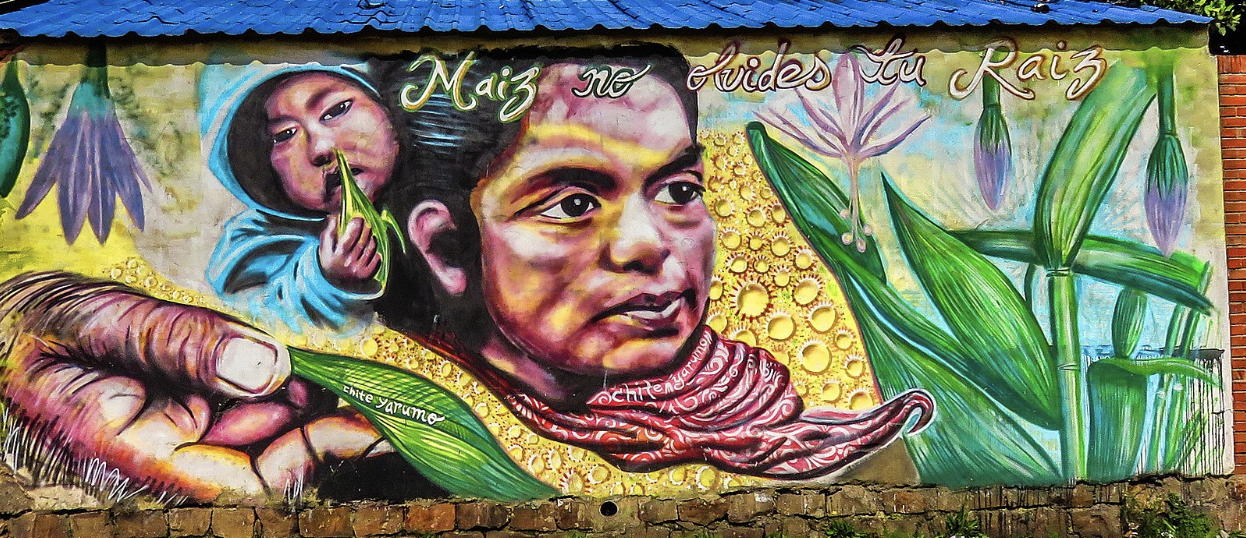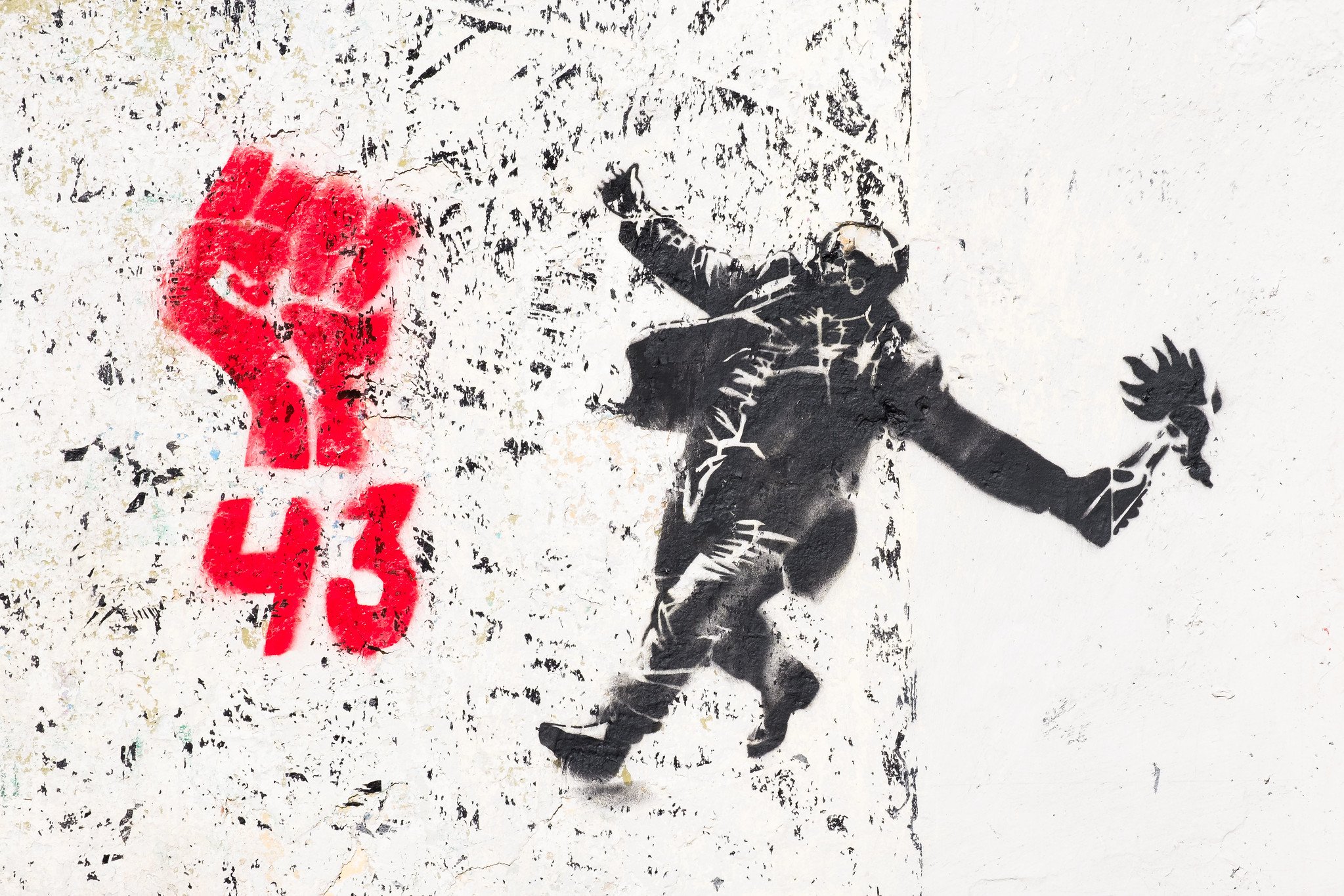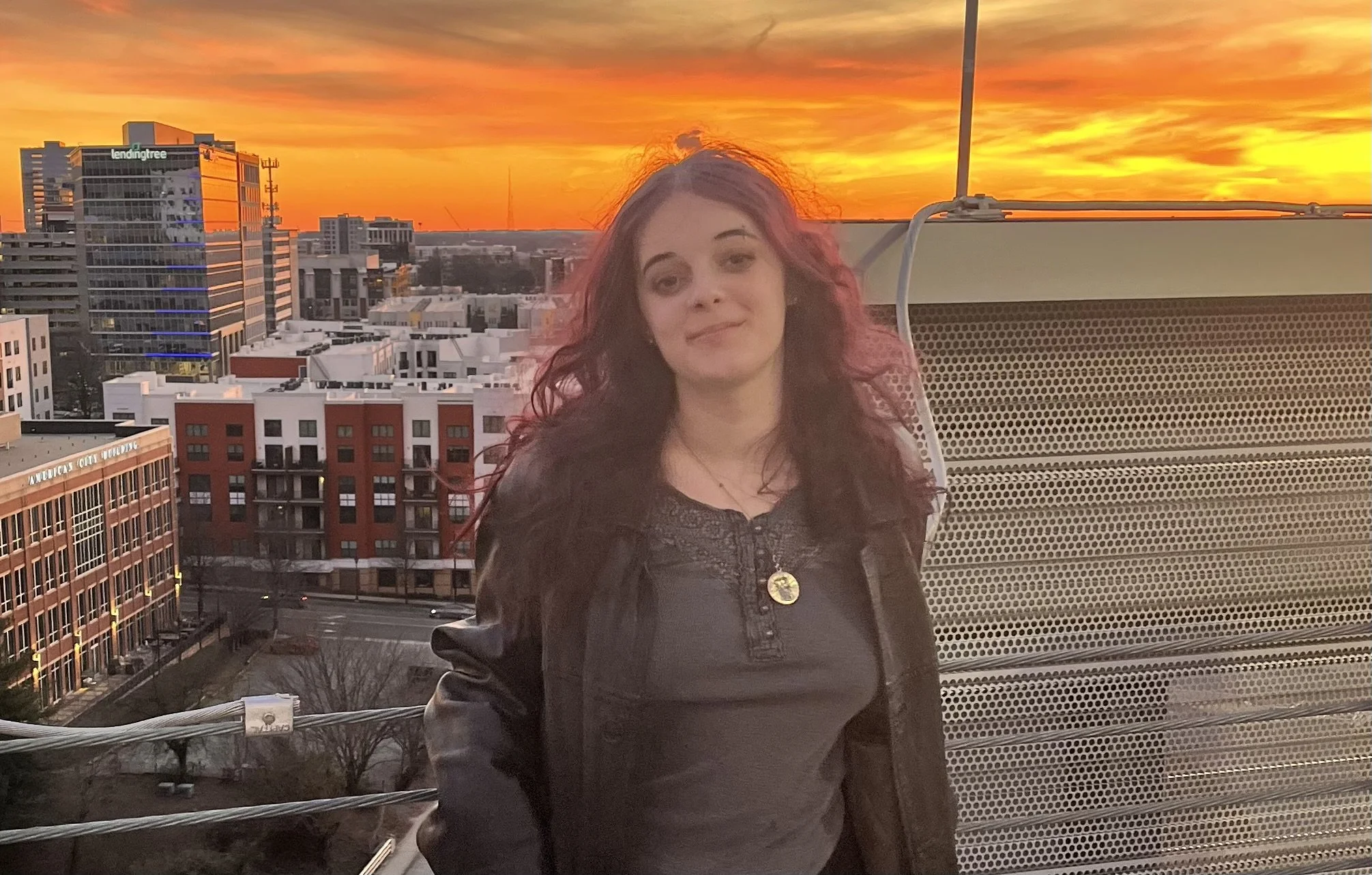The boom and bust of Peru’s guano extraction and economy led to great impacts on the surrounding environment and ecosystems.
Read MoreShark Finning: Costa Rica’s Illegal Trade
As countries ban the practice of shark finning, Costa Rica disregards conservation policies through illegal fishing exports.
Read MoreThe Complex Sovereignty Claims Over the Amazon
When it comes to the rights over the Amazon rainforest, international governments and Indigenous communities don’t always agree.
Read MoreUnderstanding The Tensions Between the U.S. and Venezuela
U.S. warships head toward Venezuela amid increased tensions, but what’s truly behind the feud between Washington and Caracas?
Read MoreTourism Surges in El Salvador
El Salvador is rewriting its rocky past to rebrand as a popular tourist destination.
Read More7 Interesting Animals You Can Find in the Amazon Rainforest
The Amazon Rainforest is a place of environmental diversity and hidden danger, where rare species face growing threats that make their protection critical for both biodiversity and the planet’s future.
Read MoreRadical Kitchens: How Food Collectives are Feeding Resistance in Argentina
In the face of inflation, austerity and inequality, Argentina’s “ollas populares” are turning meals into movements.
Read MoreCano Cristales: The Rainbow River of Colombia
Discover the magical colors of Cano Cristales and the plant that makes it all happen.
Read MoreLake Titicaca: South America’s Sacred Waters
Explore this beautiful testament to the endurance of ancient cultures in a rapidly changing world.
Read MoreThe 6 Most Fascinating Maya Ruins in Belize
Walk among pyramids, tombs, and temples at these unforgettable archaeological destinations.
Read MoreHow a Colombian Music Genre Spread Across Latin America
Cumbia music began in Colombia and spread across Latin America, evolving into unique styles that reflect each region’s culture and social struggles.
Read MoreCoffee, Climate, and Tourism in Guatemala
In Guatemala’s volcanic highlands, agro-tourism is helping coffee farmers push back against economic and environmental changes.
Read MoreZapatista Radio: Indigenous Broadcasts Resist Erasure in Mexico
In Chiapas, Mexico, Zapatista-run community radio stations preserve Mayan languages, report local issues and bypass state-controlled narratives.
Read MoreFemicides in Honduras
Honduras has one of the highest rates of femicides in the world, with more than 4,000 women killed between 2013 and 2025.
Read MorePeruvian Farmer Loses Climate Case, But Sets Global Precedent
Saúl Luciano Lliuya sued the German energy company RWE for damages to his home related to climate change. He lost, but the case is still considered a win for environmental activists.
Read MoreVenezuela’s Drowned Church of Potosi
The Drowned Church of Potosi in Uribante remains a powerful reminder of the historical resilience of the Venezuelan people and the challenges they endure today.
Read MoreWhere Protest Lives in Paint: Oaxaca’s Murals of Resistance
Kennedy Kiser
Oaxaca’s vibrant street murals speak out against injustice, preserve Indigenous identity and invite travelers to witness resistance in color.
Oaxaca mural of revolutionary figures and Mexican
In the southern Mexican state of Oaxaca, visual art spills onto the streets and across crumbling walls, telling stories rarely captured in textbooks or by tour guides. Oaxaca has long been a hub for both Indigenous culture and political resistance. Its murals reflect this layered history with vibrant and sometimes defiant voices, often highlighting legacies of colonialism and systemic inequality.
Many amplify the voices of the Zapotec and Mixtec peoples, who have long resisted marginalization and assimilation. As scholar Bethany J. Welch explains, murals function as a way for Indigenous communities to reclaim public space and narrate their histories, refusing to allow their story to be filtered through state-sanctioned narratives and the lens of tourism.
Mural referencing the 43 missing students in Oaxaca, Mexico. Tobias Versus. CC BY 2.0.
Strolling through neighborhoods like Jalatlaco or Xochimilco becomes a visual lesson in autonomy. On Jose Lopez Alavez Street, bold images of Indigenous women, animal protectors and corn deities appear on walls beside neighborhood cafes and galleries. The murals mix ancient Zapotec symbols with messages of resistance to gentrification, environmental destruction and cultural erasure.
Mural referencing the 43 missing students in Oaxaca, Mexico. Tobias Versus. CC BY 2.0.
In central Oaxaca, a wall along Berriozabal Street honors the 43 students from the Ayotzinapa Rural Teachers' College who disappeared in 2014 while on their way to a protest. Created by the Urtarte Collective, the mural preserves their names and images, reminding passersby of the unresolved violence that continues to haunt their community. Elsewhere, recurring symbols like the possum — a local protest motif — emerge in politically charged artwork critiquing police violence and land theft.
Muralist painting wall for Casa de la Cultura in Oaxaca. Alejandro Linares Garcia. CC BY-SA 4.0.
Murals also serve as visual protests against environmental injustice. Canadian mining company Fortuna Silver Mines carries out operations near San Jose del Progreso despite long-standing resistance from locals. Murals in neighborhoods like La Noria depict masked water defenders, cracked land and slogans like “El agua vale más que el oro,” or in English, “water is worth more than gold.”
Feminist mural reading “Sin mujeres no hay revolución” in Mexico City. Wendy Aviles R. CC BY-SA 4.0.
Themes of gender injustice are equally prevalent. Oaxaca, like many parts of Mexico, faces an ongoing femicide crisis. In response, murals around the Santo Domingo Cultural Center and near Carmel Alto feature the faces of missing women, alongside phrases like “Ni Una Menos” (meaning “not one less” in English).
While often photographed, these murals are not decorative. They are part of an ongoing dialogue between community and state, artist and audience. Travelers can deepen their understanding by participating in walking tours run by local artists, such as Caminos del Arte, which provide historical and political context while ensuring support flows back into the neighborhoods depicted on the walls.
Oaxaca’s murals are not permanent fixtures. They adapt in response to elections, tragedies and resistance movements. Some are painted over, others quietly fade and many are reborn in new forms. This continued renewal reflects a larger truth: in Oaxaca, street art is a living archive — one that documents what official records often omit.
Kennedy Kiser
Kennedy is an English and Comparative Literature major at UNC Chapel Hill. She’s interested in storytelling, digital media, and narrative design. Outside of class, she writes fiction and explores visual culture through film and games. She hopes to pursue a PhD and eventually teach literature!
Colombia: The Deadliest Nation for Environmentalists
Colombia remains the deadliest country for environmental defenders, with 79 of the 196 documented murders occurring there in 2024, largely targeting Indigenous and Afro-descendant communities.
Read MoreThe History of Favelas, Brazil’s Impoverished Towns
Since their emergence in the 19th century, favelas have faced continuous struggles with poverty and crime, a symbol of the tension between Brazil’s government and its underrepresented communities.
Favela of Telegrafo. patano. CC BY-SA 3.0.
Scattered throughout Brazil are built-up communities known as favelas. These towns, principally found on the outskirts of large cities like Rio de Janeiro or Sao Paulo, are settlements marked by their unique urban development. While they are often associated with drugs, crime and poverty, these neighborhoods are a symbol of Brazil’s complex history.
Finding their origins in the late 19th century, favelas emerged amid a period of tumultuous political and social change in Brazil. They initially formed after the country abolished slavery in 1888. With a large number of impoverished former slaves left homeless and unemployed, they started forming temporary shelters. These were mainly squatter settlements near their work, which was often found in cities. Over the years, these communities grew in number and size. However, it was only after the Canudos War in 1898 when they became the large settlements we know today. The War on Canudos, a deadly civil war that saw a massacre in the small town of Canudos, left almost 20,000 ex-soldiers homeless after their return from the conflict. With nowhere to live, the group established the first favelas in the federal state of Bahia.
As Brazil’s class divide grew, more favelas popped up from the 1940s to the 1970s, becoming more organized with newly created residents’ associations serving as communicators between the towns and the government. Collaboration between the two led to agreements about water and electricity accessibility and construction investment, playing a large role in the favelas’ maintenance. However, rising politicians during this era also targeted the favelas for political gain, stereotyping their existence as slums breeding disease, illiteracy, crime and moral corruption. Many favelas were “removed” as a result, but other methods were sought out to build up and sustain the communities’ infrastructure. Despite various programs intending to improve buildings, Brazil’s economic crisis led to failed attempts at providing adequate housing in many areas. At the same time, cocaine markets were growing globally, and Brazil became a prominent drug producer and transit point between European and U.S. markets. These criminal groups formed during the 1980s and solidified in the early 2000s, attracting more police attention to the neighborhoods.
In 2022, about 8.1% of Brazil’s population lived in favelas. Because of their densely built-up infrastructure and continuous struggles with crime and drugs, favelas have also become synonymous with slum life. Widespread poverty, in particular, has grown to be favela residents’ largest struggle, with economic hardship producing limits on food, healthcare and education. The government has proposed various methods to help tackle these ongoing issues and support the overall conditions of these communities. Authorities have introduced programs to help residents: setting up training programs, providing low-interest loans or materials to construct accommodations and building facilities such as health clinics or schools. Despite these attempts, favela residents still lack full sociopolitical representation and face police violence. Thus, activism in favela communities remains imperative, as residents continue to search for peace and draw attention to the need for social development and increased rights.
GET INVOLVED:
Residents living in favelas struggle against police brutality, discrimination and stark poverty daily. Those looking to help address these issues can do so in several ways, including through making donations. Outreach organizations include: The Favela Foundation, focusing on the development of sustainable social and educational programs; Catalytic Communities, an NGO based in Rio de Janeiro bringing sustainable programs and legislative support to favelas; and The Gerando Falcões Fund of BrazilFoundation, bringing education and economic development to the favelas. Supporting favela locals in their fight to speak out against systemic violence is also very important. Using social media to follow, share and repost activism can help circulate news and reframe the stereotypes usually associated with favela communities.
Julia Kelley
Julia is a recent graduate from UC San Diego majoring in Sociocultural Anthropology with a minor in Art History. She is passionate about cultural studies and social justice, and one day hopes to obtain a postgraduate degree expanding on these subjects. In her free time, she enjoys reading, traveling, and spending time with her friends and family.
The Ethics of Poverty Tourism in Brazil’s Favelas
Understand the implications of poverty tourism in Brazil, what a favela is, and how the growing tourist rates raise concerns about safety.
Read More







